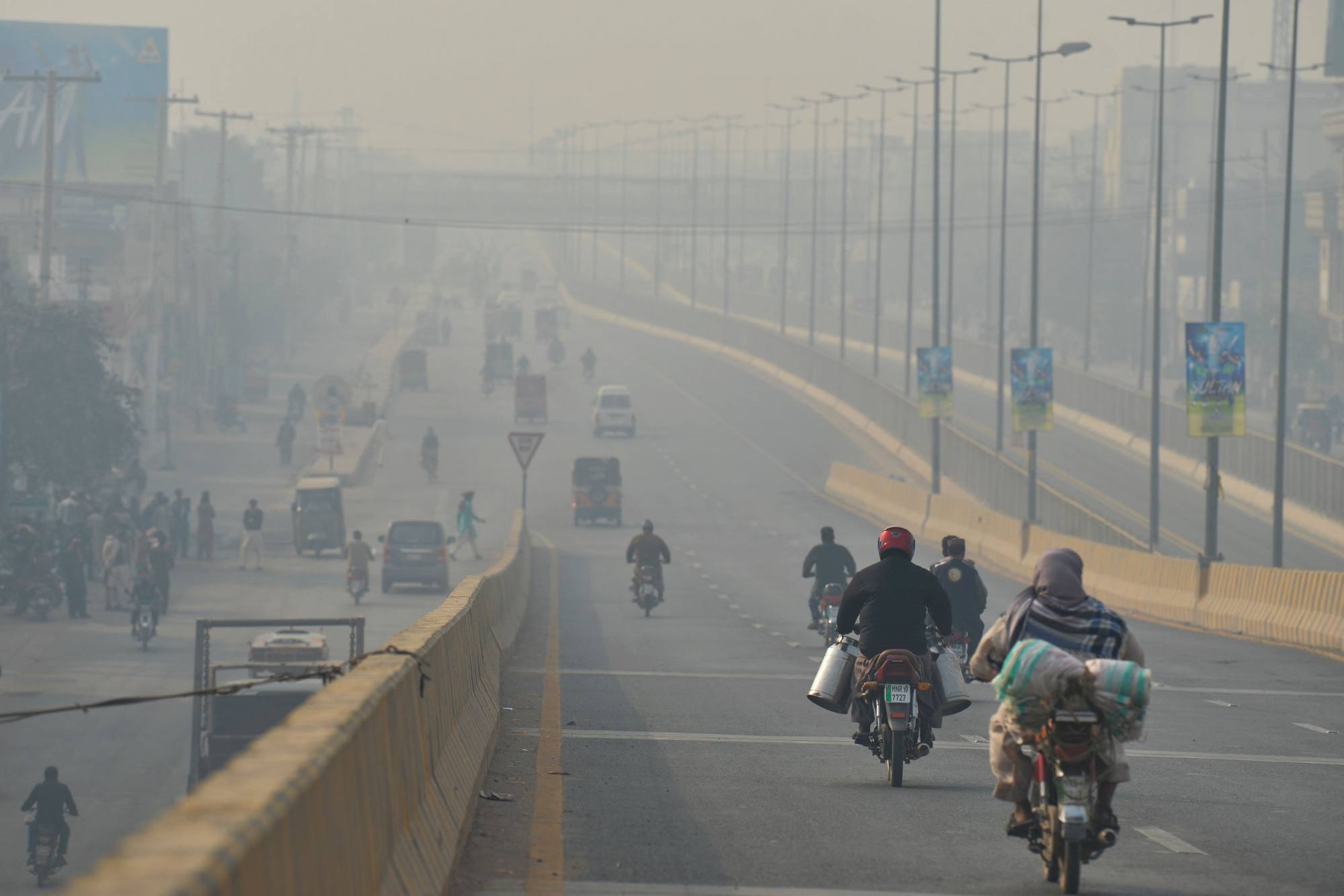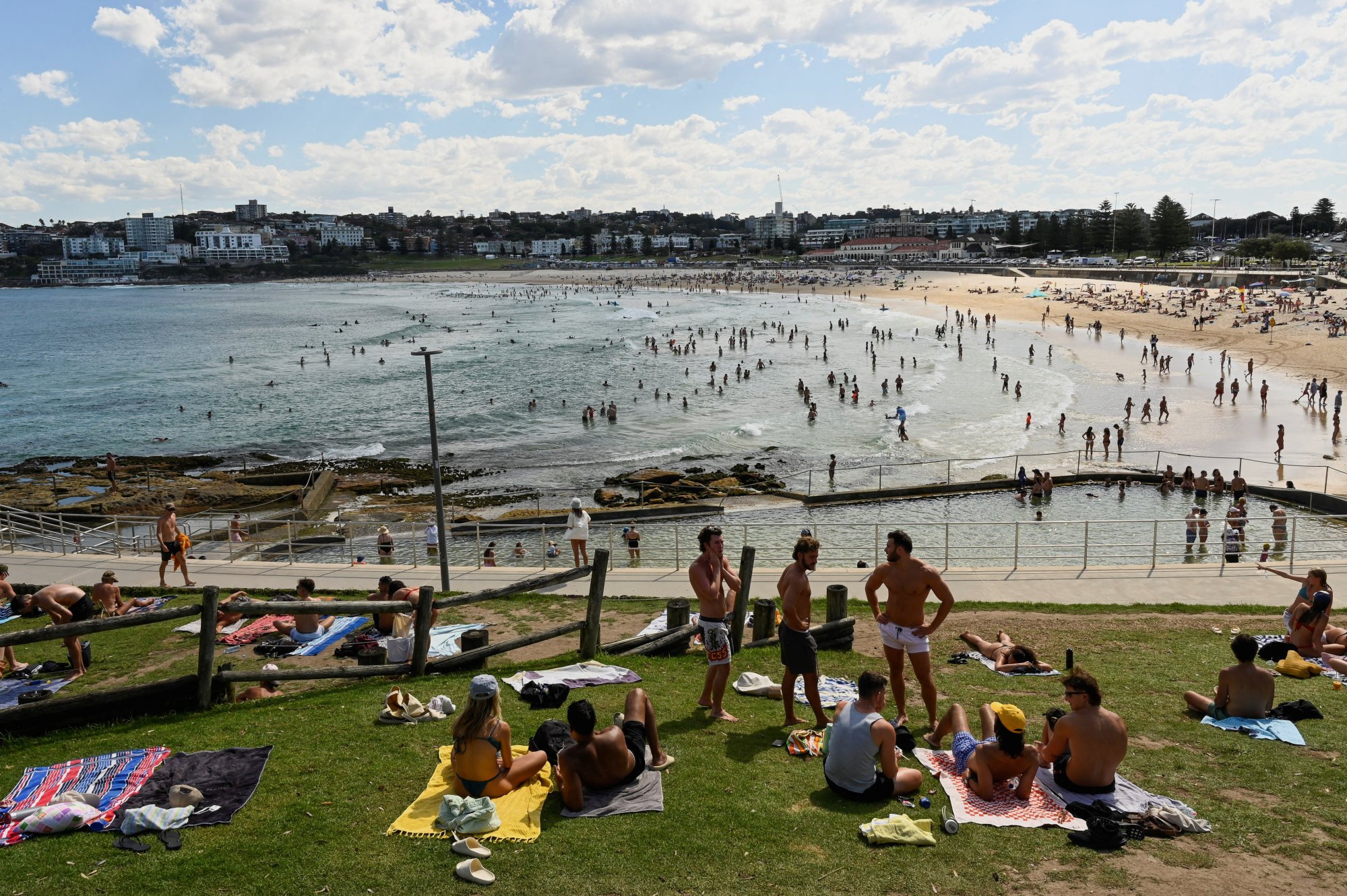
Asia has the world’s worst air quality. Australia, New Zealand have some of the best, study finds
- The study found concentrations of particulate matter exceeding the WHO’s safety limit on more than 90 per cent of days in southern and eastern Asia
- Only 0.001 per cent of the world’s population breathes air that’s considered acceptable, said the study conducted by scientists in Australia and China
It’s no secret that air pollution is a serious problem facing the world today. Just how serious? A new study on global daily levels of air pollution shows that hardly anywhere on Earth is safe from unhealthy air.

While any amount of PM 2.5 is harmful, scientists and regulators are typically less concerned about daily levels than they are about chronic exposure.
“I hope our study can change the minds of scientists and policymakers for the daily PM2.5 exposure,” said Yuming Guo, the lead researcher and an environmental health professor at Monash University.
“Short-term exposure, particularly sudden increase, to PM2.5 has significant health problems … If we can make every day with clean air, of course the long-term exposure of air pollution would be improved.”
Tibetan glaciers facing multiple threats from South Asia air pollution
While scientists and public health officials have long been at alert to the dangers – air pollution kills 6.7 million people a year, with nearly two-thirds of the premature deaths caused by fine particulate matter – quantifying the global exposure to PM2.5 was a challenge due to a lack of pollution monitoring stations.
Guo and his co-authors overcame that challenge by marrying ground-based air pollution measurements collected from more than 5,000 monitoring stations worldwide with machine learning simulations, meteorological data and geographical factors to estimate global daily PM2.5 concentrations.
When it came to estimating annual exposure across all regions, the researchers found that the highest concentrations occurred in eastern Asia (50 micrograms per cubic meter), followed by southern Asia (37 micrograms) and northern Africa (30 micrograms).
Residents of Australia and New Zealand faced the least threat from fine particulate matter, while other regions in Oceania and southern America were also among the places with the lowest annual PM2.5 concentrations.

They also examined how air pollution changed over the two decades up to 2019. For instance, most areas in Asia, northern and sub-Saharan Africa, Oceania, and Latin America and the Caribbean experienced an increase in PM2.5 concentrations over the 20 years, driven in part by intensified wildfires.
Annual PM2.5 concentrations and high PM2.5 days in Europe and northern America decreased, thanks to stricter regulations. Fine particulate matter is made up of soot from vehicles, smoke and ash from wildfires and biomass cookstove pollution, plus sulphate aerosols from power generation and desert dust.
South American countries such as Brazil, on the other hand, had increased concentrations between August and September, probably connected to slash-and-burn cultivation in the summer.

